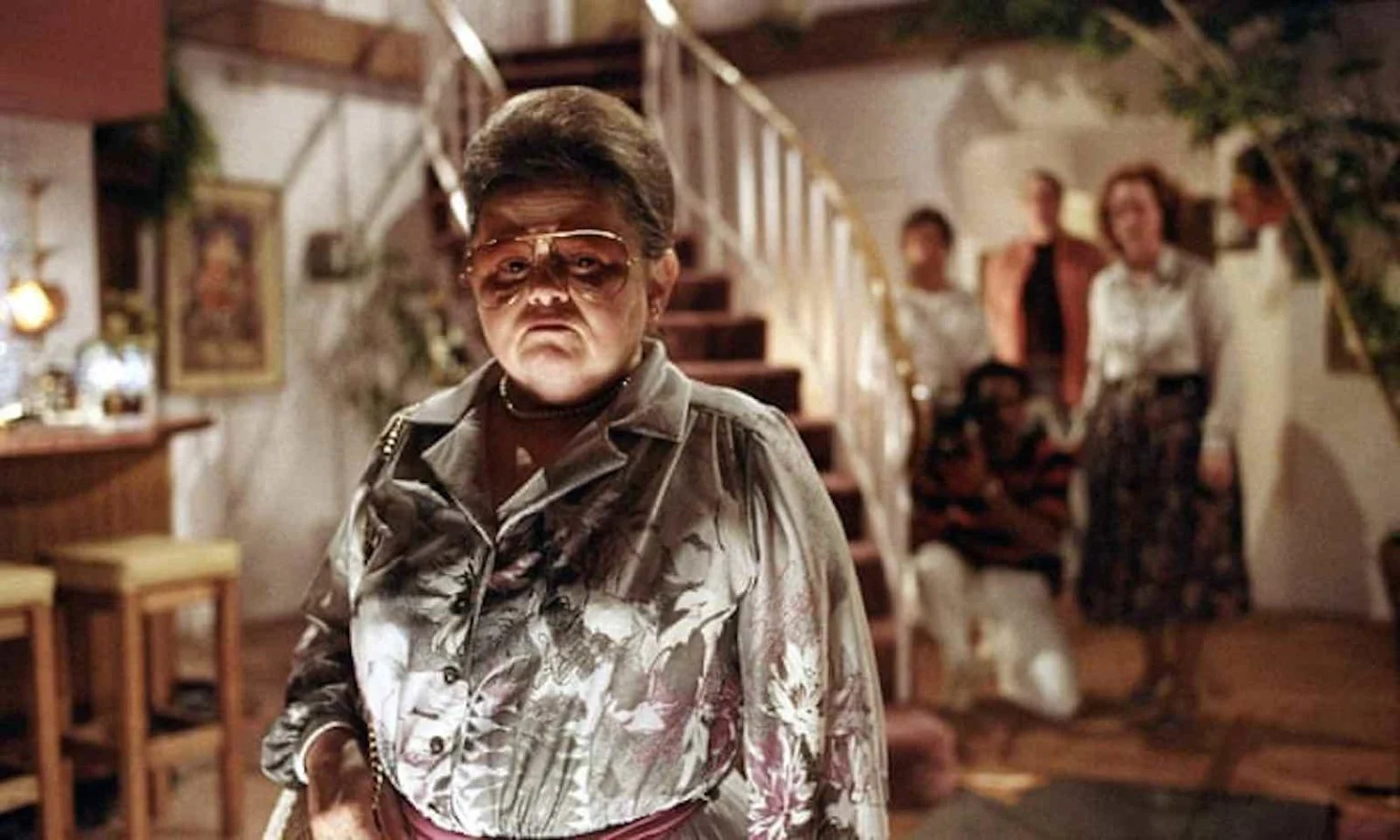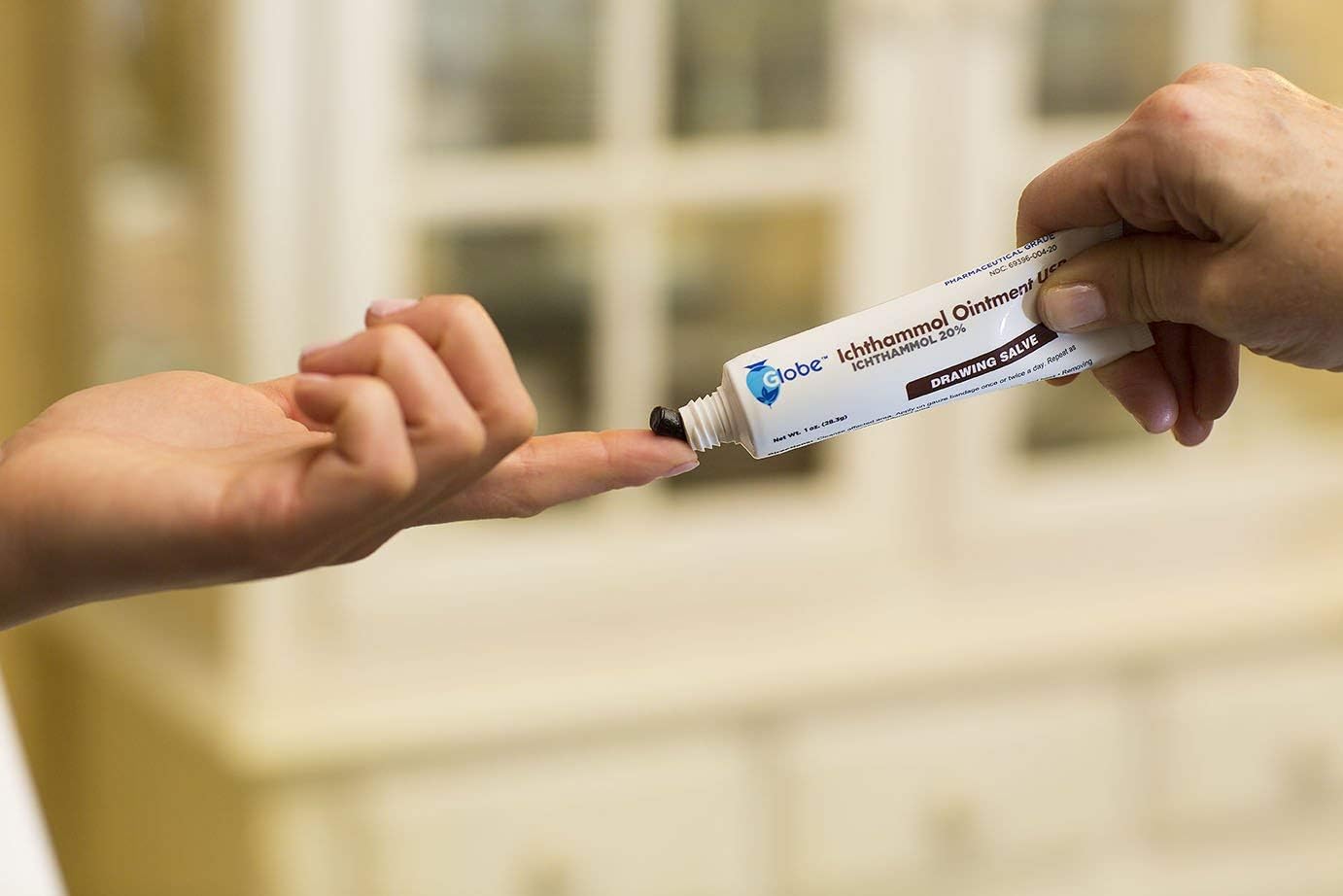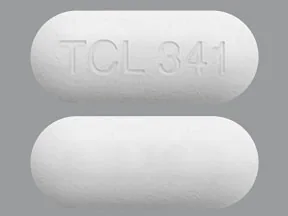Dangers of EMDR Therapy: If you don’t know much about EMDR therapy and are thinking about it for your teenager or young adult, you might be concerned about whether it is safe or has any risks. EMDR therapy is generally safe, but there are some misunderstandings about it. Before we go further, let us understand what EMDR therapy is.
Teens and young adults who have gone through something traumatic, stressful, or painful sometimes do not fully deal with those experiences. When something reminds them of the trauma, like a sight, sound, or feeling, they feel it all over again.
EMDR therapy uses eye movements to change how the brain stores these memories, helping young people slowly work through their past and reduce anxiety and trauma symptoms.
She explained how this therapy can help with mental health, talked about any side effects that might happen during the healing process, and more.
- Are There Risks with EMDR Therapy
- What Are the After-effects of EMDR Therapy
- Mental health effects of EMDR
- Physical effects of EMDR
- Does EMDR Therapy Help
- Advantages of EMDR Therapy
- Why Is EMDR Therapy Sometimes Debated
- EMDR is based on evidence
- EMDR will not make existing mental health issues worse
- EMDR is not the same as hypnosis
- What to Do Next with EMDR Therapy
Are There Risks with EMDR Therapy
When we asked if EMDR can be harmful, Tuono-Shell said it is safe for teenagers and young adults as long as it is done the right way.
The “risks” with EMDR therapy happen when young people get treated by someone who is not fully trained and certified in this method. For example, if they are not properly trained, they might not follow the eight steps of EMDR therapy correctly or provide the tools and skills needed to handle emotions and thoughts during treatment.
Research has shown that EMDR is a safe therapy. For example, a study in the European Journal of Psychotraumatology found that EMDR is safe and can significantly reduce symptoms of depression in adolescents.
What Are the After-effects of EMDR Therapy
Various kinds of therapy, like regular talking therapy, can make people feel uncomfortable or cause some extra reactions, known as after-effects.
The same goes for EMDR, even though studies have proven it is safe and works. If these after-effects happen, they impact your teenager’s mental or physical well-being.
Mental health effects of EMDR
Here are some common mental health effects:
- Different or vivid dreams: After EMDR, the brain uses dreams to sort and organize information and memories.
- Emotional sensitivity: Your teenager or young adult might become more in touch with their memories and thoughts, which can make them emotionally sensitive.
- Remembering things: EMDR can help bring back blocked or forgotten memories.
These mental health effects can be part of the healing process. For instance, Tuono-Shell mentioned that when her clients have dreams or recall things, it is often seen as a positive experience. It helps them remember things they could not recall before and eases their anxiety or mental distress.
Physical effects of EMDR
Because the mind and body are connected, your teenager might feel some physical effects during and after EMDR therapy:
- Headache: Headaches can happen because of the eye movements used in EMDR. However, a trained therapist can use other EMDR techniques, like tapping the body or listening to sounds, for teens prone to headaches.
- Nausea: Feeling sick to your stomach is a rarer physical effect of EMDR. However, it is not something that lasts a long time. Tuono-Shell said, “It is not like you leave the session and keep feeling nauseous.”
- Tiredness: Feeling worn out is another physical effect of EMDR. Tuono-Shell explained that after the session, you might be mentally and emotionally drained and need some rest.
Does EMDR Therapy Help
Now that you know more about this treatment, you might think, “Does EMDR therapy actually help?” Research, like the study we mentioned earlier, has shown that it can indeed assist people dealing with mental health problems. Tuono-Shell also mentioned that she has had great success using it with her clients.
One reason she believes it works is because it is a slow and step-by-step process divided into eight distinct phases.
“Your teenager or young adult does not jump right into dealing with trauma,” Tuono-Shell explained. “After we learn about their history, the second phase involves teaching them individual ways to cope. So, if they feel upset outside of our sessions, they can use those skills. We do not move forward until they can use those skills.”
Tuono-Shell pointed out that there are many benefits to this approach.
Advantages of EMDR Therapy
The advantage of EMDR therapy are:
- Quick results: It does not take as long as regular talk therapy. In about three to five sessions, your teenager can start feeling better.
- Fewer negative thoughts: In the third part of EMDR, therapists help find any bad beliefs and thoughts about past experiences and replace them with good ones.
- More self-confidence: Trauma and anxiety can make someone feel bad about themselves, and working through those bad memories can help your teenager feel stronger and more confident.
- Works well for trauma and PTSD: EMDR was first used in the 1980s to help with post-traumatic stress disorder (PTSD) and trauma, and it is still a good choice for those issues.
- Less need to talk about painful things: “In regular talk therapy, some teenagers might not want to tell the whole story, or it is hard to go through it all,” Tuono-Shell said. “With EMDR, they do not have to tell everything. We follow a plan, and they do not have to share all the painful details.”
Why Is EMDR Therapy Sometimes Debated
So, why do people sometimes argue about EMDR therapy? Tuono-Shell explained that there are several reasons. People question if EMDR is based on evidence, if it could worsen mental health problems if it is a type of hypnosis, or if it is only for treating PTSD.
Some folks may believe it is a trick. Others might wrongly think that, unlike regular talk therapy, EMDR is not based on real science and it is just fake science.
Let us explore four misunderstandings that some people have about EMDR.
EMDR is based on evidence
If you are thinking, “Is EMDR supported by evidence?” then the answer is yes. The Cleveland Clinic mentioned, “Many clinical trials since EMDR was created have shown that this method works and can help people faster than many other methods.” You can find research on the EMDRIA website.
EMDR will not make existing mental health issues worse
Because EMDR therapy can be intense, you might worry that it could make your current mental health problems worse. But according to Tuono-Shell, it will not.
“When you have been through a tough experience and connected it to negative feelings, thoughts, or sensations, EMDR helps with that,” she explained. “But all those feelings were already there – it is not like you are creating something new or making things worse. You are just reducing the symptoms you are already dealing with.”
EMDR is not the same as hypnosis
Even though EMDR and hypnosis share some similarities, they are not the same.
“EMDR uses structured plans and different ways to stimulate both sides of the brain,” explained Tuono-Shell. “This stimulation can be through eye movements, tapping, or listening to sounds with headphones. Hypnosis does not have such a structured model like EMDR, which has clear phases to follow.”
Another difference is that hypnosis can be learned on your own, while EMDR has to be done in a clinical setting with a trained therapist. Hypnosis can be used in both medical and non-medical situations. EMDR is not just for PTSD
Some people might think that EMDR therapy is only for treating PTSD, but therapists use it to help with other mental health issues, too.
“It works for many conditions, not just PTSD,” said Tuono-Shell. “I have seen it help people with anxiety problems and specific fears, and it is also good for dealing with trauma from childhood.”
Besides treating PTSD, a review of research in Frontiers found that EMDR was also beneficial for problems like addictions, performance anxiety, eating disorders, sleep issues, and obsessive-compulsive disorder (OCD).
What to Do Next with EMDR Therapy
Even though EMDR therapy can sometimes be debated, it can be a good way to treat many mental health issues. Moreover, if you are wondering, “Is EMDR safe?” studies have shown that it is a safe approach.
If you want to try it for your teenager or young adult and they are already getting therapy, you or they can ask if the therapist is certified in EMDR. If not, you can inquire if they can suggest someone who is certified.
EMDRIA certification makes sure that therapists have the basic training for this type of treatment, have done many hours of consultations and EMDR sessions, and have kept their certification up to date. If your child is not in therapy, you can find a therapist who can decide if EMDR is the right choice for them.
When you are working with a therapist, the bond between you and the therapist matters the most. It is called the “therapeutic alliance.” This means that you and your therapist are on the same page about the goals you want to achieve, and that helps you get better results.
So, after learning about EMDR, understanding its potential risks, and knowing about the therapeutic bond, what should you do next?
“I suggest that parents look for a list of certified EMDR therapists,” said Tuono-Shell. “Then, set up a meeting, have a talk with them, and go together as a family. If you think your teenager or young adult can build a strong and positive connection with the therapist, it is a sign that you have found the right person to provide treatment. That positive connection is what will help the most in the healing process.”
Checkout More: Dangers of EMDR Therapy









![Solitaire Cash Review [2024]: Is Solitaire Cash Legit? Solitaire Cash Review](https://www.datos.org/wp-content/uploads/2024/03/23be6bd7-bf42-459a-a8ad-c2e8e1a131c1.png)




